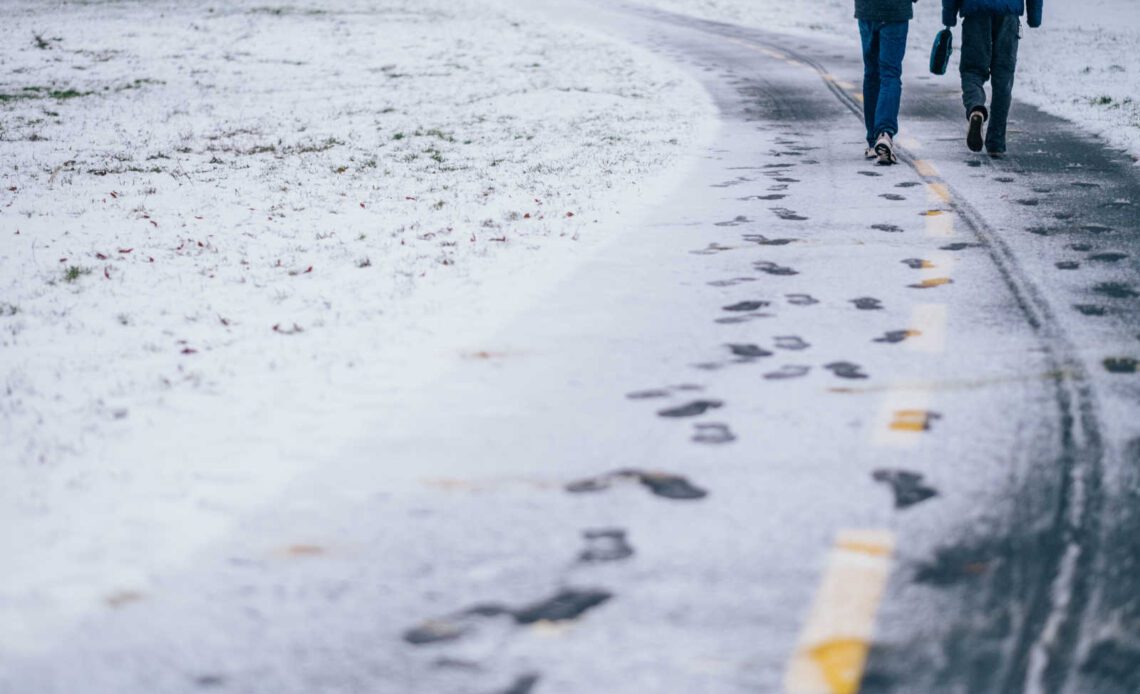According to a recent article in CTV News, some Montrealers wonder how the heck bike paths get cleared–before roads. “A winter storm has just swept through Montreal. You reluctantly shuffle across the icy sidewalk, slick with densely packed snow. As you shovel your car out from a mound of white, cursing under your breath, something catches your eye: pristine black asphalt, cleared of snow,” the piece begins. “That damn bike lane.”
A Montreal cyclist shared their first experience with the Bixi winter pilot project
The article goes on to ask why, on the day following a snowstorm, the bike lanes are cleared before the roads and sidewalks? Is this a manifestation of Mayor Plante’s administration’s keen focus on cycling?, the piece asks.
Logistics is everything
However, it turns out there’s no conspiracy or nefarious “war on car” agenda. It’s simply less work to clear the bike paths.
“In total we have 1,000 trucks to clear the roads, the sidewalks, and the bike path,” city spokesperson Philippe Sabourin in an interview with CTV News. “So we need 1,000 trucks to go around the network; they have 6,000 km of sidewalks, 4,000 km of streets and nearly 700 km of bike paths.”
In simpler terms, clearing the bike paths in a neighborhood is significantly quicker than the time it takes to clear its sidewalks and streets. Furthermore, the choice of trucks depends on the terrain. Large snow plows are designated for city streets, whereas compact specialized plows handle the sidewalks. Bike paths, being neither as wide as city streets nor as narrow as sidewalks, pose a unique challenge, making them unsuitable for heavy trucks or sidewalk plows.
Faster to clear
“Most of the time we’re using pickups, four by fours, equipped with a shovel on the front,” Sabourin added. “The pickups that we’re using on the bike paths cannot go onto sidewalks, it’s too narrow. So even if we stop plowing away the snow from the bike path, that won’t help us to go faster or better on the sidewalk.”
Montreal’s bike share pilot project with studded tires is underway
It’s also easier, and faster to clear as there aren’t things in the way, like a car, trash or other obstacle.
“Anytime we have an obstacle, we have to stop, go out , put away the garbage or the Christmas tree, and then we’re back on the track,” Sabourin said. “If a car is parked too far from the road, it can be a hassle for plows.”
Otherwise, it’s too narrow, and the…
Click Here to Read the Full Original Article at Canadian Cycling Magazine…

